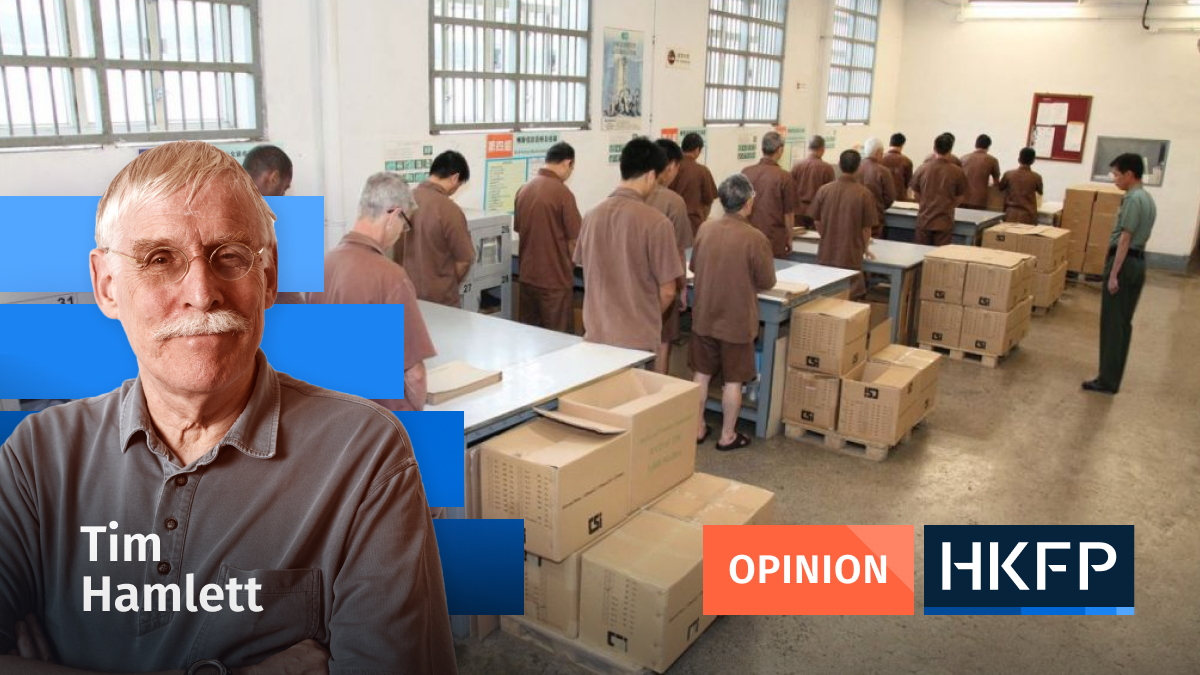There was something engagingly optimistic about the official estimate that the Red Hill Estate – where some homeowners’ illegal extensions were blamed for dangerous landslips during recent rough weather – had maybe another 70 houses with illegal extensions of one kind or another.

Come on people, let us be more realistic. It is more likely that almost every house in the estate has unapproved changes of one kind or another. This is only partly because rich people think the planning laws do not apply to them, because you could say the same about almost any village in the New Territories.
The underlying problem is that Hong Kong planning laws are an impossibly clumsy instrument when applied to low-rise housing.
Consider the village of Sheldon in the UK, where one of my esteemed colleagues had a converted farmhouse to which he would retreat between bursts of academic activity. Sheldon is in the English Peak District. It is not pretty in the conventional way that English villages are expected to be pretty; there are no half-timbered cottages, no thatched roofs.
Sheldon’s claim to fame is that it has not changed its appearance in the last 300 years or so. The houses are all low-rise and fairly basic. They are walled in the local stone and roofed in the local slate. The village is a popular backdrop for film and television companies making historical dramas.

This uniformity of appearance is no accident. Every building in the village is now “listed”, which means any change requires the approval of the local authority. Changes which would modify the appearance of a building are simply not allowed. You can have double glazing if it looks like single glazing. Central heating boilers must vent their flues through an existing chimney. Window frames must be wood, or look like wood. And so it goes on.
The concern with appearances is accepted by the villagers because it makes their homes more attractive and valuable. Front gardens are carefully tended to enhance the look of the place. The council follows its own rules. When it reluctantly conceded the need for a bus shelter the resulting construction – in the local stone and slates – was an attempt to build what a bus shelter would have looked like if they had buses in the 1600s.
Hong Kong is not, alas, nearly as good at preserving historic buildings as the UK is. But the rules applying to buildings are strikingly like those found in historic villages. Construction must follow the approved plan. The building, once completed, must remain as planned. Changes need permission and unauthorised ones must be reversed.

This makes perfect sense in a town where most modern residential buildings run to 30 floors or more. Failure to follow the structural parts of plans could lead to a major disaster. Flat owners cannot be given free rein to fiddle with their property. Every flat has to support the flat above and protect from the elements the flat below.
This intrusion on property rights makes less sense when the house is just a house.
Almost every house in the New Territories has a flat roof (except, if the Buildings Department is reading this, mine) on which the owner is expected to be able to walk. In theory this is for open air activities like sunbathing, barbecue or putting out the washing.
However, it’s a load-bearing floor, so most owners erect some sort of structure on it. Look at any rural village from the air and you see a fine variety of rooftop structures, most or all of them illegal.
This is encouraged by routine abuse of the Small House Policy, under which indigenous villagers, if male, can build a three-storey house.
If the villager plans to stay in Hong Kong he can have his “house” constructed as three flats. He can then inhabit the ground floor, let the other two, live on the proceeds and devote himself entirely to exploring the finer points of mah jong. A nice rooftop structure will turn the top flat into something close to a duplex, permitting a higher rent and attracting a better class of tenant.

Another odd feature of the Small House Policy is that the patch allocated to the house is exactly 700 square feet. The “villager” who has exercised his small house rights and now proposes to return to his home in Manchester can only sell you the house, and nothing but the house. Even the land under the balconies invariably supplied remains the property of the government, over which you are allowed to walk to reach your front door.
What is the Small House Policy? – click to view.
Under the Small House Policy, male indigenous villagers who are descendants of a male line from a recognised village may apply to build a small house once in their lifetime. It can be up to three storeys high, on either their own land at zero premium or on public land through a private treaty grant. The right is non-transferable.
Of course in wet weather this turns into slushy mud, leading to the construction of a path. This expands by degrees into a patio on which you can park the shopping while you fumble for your keys, inflate the kids’ paddling pool, and other useful things. This looks a bit spartan, so you add flower borders and the odd potted plant. You then discover that these are being browsed by the local wild pigs and put up a fence. You are now in illegal occupation of government land.
These abuses are so widespread they are part of the culture. Architects will design in features which will facilitate surreptitious enlargements later. Builders do not ask if the job they are doing is approved by the government or anyone else.
Homeowners who are well connected to the government’s consultative machinery or the local criminal fraternity (or both; they overlap… allegedly) do not have to worry about complaints. If there is a complaint, the builder who removes the offending item will offer to restore it once the heat has died down.
At the same time, inspections can be very picky once official alertness has been switched on. One home-owner who obediently removed a glazed structure from his balcony was bemused to receive a visit from an inspector who did not wish to see whether the glass had been removed, which he could see from the street, but wanted to see whether the balustrade specified in the original plans had been restored.

The capricious approach in which nits are picked while elephants in the room are ignored tends to discredit the whole system. People like Leung Chun-ying – and me – who are scolded for having wine trellises in our yards wonder if the relevant department might have more important calls on its attention than garden furniture.
The system is a mess. Asked to suggest changes one is tempted to reply that, as the Irishman put it when asked the way to the Post Office, “If I were you, I would not start from here.” Still we must try. Would it be too daring to suggest that occupants of houses up to four storeys high should be allowed to make minor changes at their own risk?
Support HKFP | Policies & Ethics | Error/typo? | Contact Us | Newsletter | Transparency & Annual Report | Apps
| HKFP is an impartial platform & does not necessarily share the views of opinion writers or advertisers. HKFP presents a diversity of views & regularly invites figures across the political spectrum to write for us. Press freedom is guaranteed under the Basic Law, security law, Bill of Rights and Chinese constitution. Opinion pieces aim to point out errors or defects in the government, law or policies, or aim to suggest ideas or alterations via legal means without an intention of hatred, discontent or hostility against the authorities or other communities. |
Help safeguard press freedom & keep HKFP free for all readers by supporting our team

More HKFP OPINION:
HKFP has an impartial stance, transparent funding, and balanced coverage guided by an Ethics Code and Corrections Policy.
Support press freedom & help us surpass 1,000 monthly Patrons: 100% independent, governed by an ethics code & not-for-profit.










